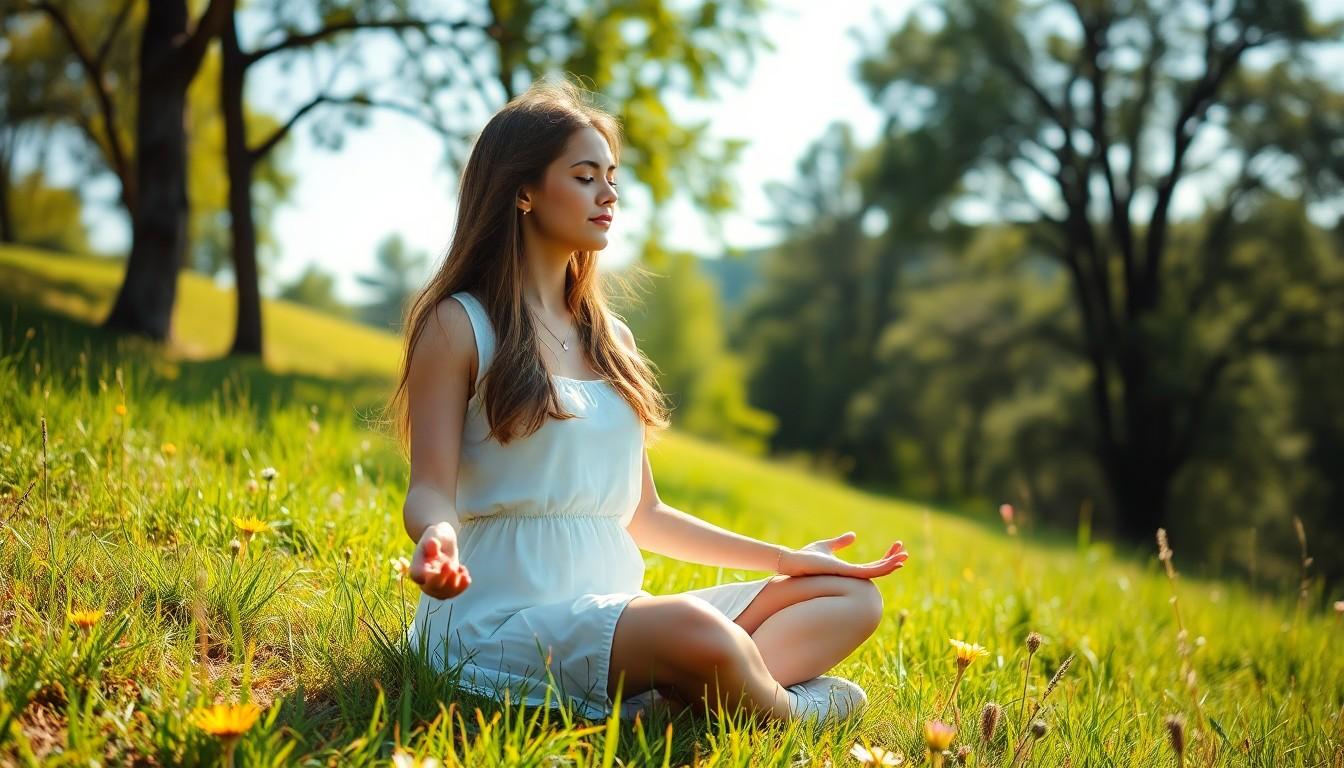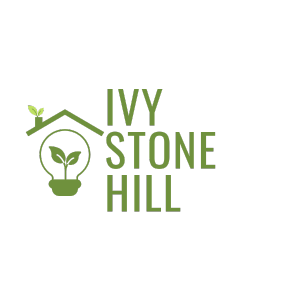In a world that often feels like a high-speed chase, the concept of slow living is like a warm hug from your favorite blanket. It’s about savoring life’s little moments instead of racing through them like a caffeinated squirrel. Imagine trading in your frantic schedule for leisurely strolls, home-cooked meals, and perhaps even a little time to enjoy that book gathering dust on your shelf.
slow living examples
Slow living focuses on simplifying life to embrace quality over quantity. This lifestyle encourages individuals to prioritize meaningful activities, allowing them to connect with their surroundings and themselves. By engaging in slower routines, people can reduce stress and enhance their overall well-being.
Practicing slow living often includes cultivating mindfulness. Mindfulness improves awareness of personal moments, making each experience more enriching. Engaging the senses during activities such as savoring meals or enjoying nature contributes to a deeper appreciation of life’s offerings.
Simplicity ranks high in slow living principles. Decluttering spaces creates mental clarity and fosters tranquility. Individuals can experience significant benefits from letting go of material possessions that no longer bring joy or purpose.
Social connections form another essential component of slow living. Building relationships based on genuine interactions fosters emotional support. Regularly setting aside time for friends and family strengthens bonds and enhances overall happiness.
Balancing technology use also plays a vital role in this lifestyle. Reducing screen time promotes more engaging, face-to-face communication. People often discover that offline activities, like reading or gardening, provide greater satisfaction than digital distractions.
Focusing on self-care is crucial within slow living practices. Dedicating time to relaxation, exercise, and creative pursuits benefits mental and physical health. Each nurturing activity empowers individuals to cultivate a more fulfilling life.
Key Principles of Slow Living

Slow living embodies several key principles that emphasize a more deliberate pace of life. These principles foster a deeper connection with oneself and the environment.
Mindfulness and Presence
Mindfulness encourages awareness of the present moment. Practicing mindfulness enhances appreciation for everyday experiences and promotes a sense of peace. Engaging in meditation or deep breathing exercises helps cultivate this awareness. Regularly allocating time for reflection allows individuals to assess emotions and thoughts, fostering mental clarity. Prioritizing activities that promote presence reduces distractions and elevates satisfaction in life. Choosing to unplug from technology and immerse oneself in nature reinforces this principle. By embracing the present, individuals nurture a fulfilling and rich lifestyle.
Simplicity and Minimalism
Simplicity forms the foundation of slow living. Embracing minimalism leads to decluttering both physical space and mental load. Keeping only essential items results in greater mental clarity and reduces stress. Prioritizing quality over quantity in possessions creates a more meaningful living environment. Minimizing commitments enables individuals to focus on what truly matters in life, enhancing overall well-being. Exploring local markets for fresh ingredients, rather than opting for convenience, encourages mindfulness in food choices. Living simply fosters appreciation for daily encounters and deepens connections with oneself and the community.
Slow Living Examples in Daily Life
Slow living manifests in various daily practices that enhance well-being and mindfulness. Embracing these examples can lead to a more fulfilling life.
Morning Routines
Morning routines set the tone for the day. Choosing to wake up earlier allows for quiet moments before the day begins. Engaging in meditation or gentle stretching fosters relaxation and clarity. Sipping a warm cup of tea or coffee without distractions promotes mindfulness. Journaling can capture thoughts and intentions, grounding individuals in the present. Limiting technology usage during this time deepens the experience and enhances focus.
Meal Preparation
Meal preparation serves as an opportunity to connect with food and its sources. Choosing to cook at home supports healthier eating habits. Gathering fresh ingredients from local markets fosters a sense of community. Preparing meals mindfully encourages appreciation for the process, transforming cooking into a creative pursuit. Setting aside time to enjoy meals with loved ones strengthens relationships. Additionally, practicing meal planning reduces stress and enhances connection to the nourishment provided.
Slow Living in Nature
Embracing slow living in nature fosters a deeper connection with the natural world. Individuals can cultivate mindfulness while engaging in activities that promote peace and tranquility.
Gardening as a Practice
Gardening serves as a profound method to practice slow living. It encourages nurturing not only plants but also one’s mental well-being. Many find joy in the process of planting, watering, and watching seeds grow into vibrant blooms or fresh vegetables. This hands-on activity cultivates patience and offers a sense of accomplishment. Daily tasks in the garden provide opportunities to disconnect from technology, breathe fresh air, and appreciate nature’s beauty. Engaging with soil also builds a personal connection to food, enhancing appreciation for the nourishment it provides. Cultivating a garden becomes a source of both relaxation and fulfillment.
Nature Walks and Outdoor Activities
Nature walks enhance the slow living experience by encouraging mindfulness and physical activity. Exploring local parks or hiking trails offers a chance to immerse in serene environments. Varied textures, sounds, and scents heighten awareness of the surroundings. Walking among trees or by flowing water fosters a sense of calm and connection. Activities like birdwatching or simply sitting quietly can provide moments of reflection. These outdoor experiences allow individuals to engage with the present while appreciating the beauty of nature. Incorporating regular walks creates an opportunity to recharge and reconnect with oneself and the earth.
Slow Living in Community
Slow living thrives on the connections we build within our communities. Deepening these relationships enhances the overall experience of embracing a slower pace of life.
Local Gatherings and Events
Participating in local gatherings enriches community bonds, creating opportunities for shared experiences. Farmers’ markets and craft fairs showcase regional talent, encouraging individuals to engage with neighbors. Workshops promote skill-sharing, from cooking to crafting, fostering creativity and collaboration. Community potlucks invite diverse dishes, allowing families to showcase their culinary traditions. Volunteering at local charities inspires a sense of purpose, strengthening ties with those who share similar values.
Supporting Local Businesses
Supporting local businesses cultivates a vibrant community atmosphere while promoting slow living principles. Shopping at neighborhood stores nurtures personal connections with shop owners. Frequent visits create relationships built on trust and shared interests. Local eateries often prioritize fresh, seasonal ingredients, enhancing nutrition and taste while connecting residents to regional resources. Using services from nearby artisans and craftsmen helps sustain traditional practices, ensuring cultural heritage remains vibrant. Emphasizing local investment invigorates communities, directly contributing to their economic resilience.
activities and nurturing connections
Embracing slow living offers a refreshing perspective in today’s fast-paced world. By prioritizing meaningful activities and nurturing connections, individuals can cultivate a more fulfilling lifestyle. The practice encourages mindfulness and simplicity, allowing for a deeper appreciation of everyday moments.
Integrating slow living into daily routines can lead to enhanced well-being and reduced stress. Engaging with nature and community fosters emotional support and enriches experiences. Ultimately, adopting these principles empowers individuals to find joy in the present, creating a life that’s not only more satisfying but also profoundly connected to themselves and those around them.

